Asthma is one of the most common chronic conditions in children, affecting millions worldwide. While it can be challenging for both parents and children, understanding asthma and adopting the right management strategies can help your child live a healthy and active life. Here’s what you need to know about asthma in children and how to help them breathe easier.
Understanding Asthma in Children
Asthma is a chronic condition that causes inflammation and narrowing of the airways, making it difficult to breathe. In children, it can manifest as frequent coughing, wheezing, chest tightness, or shortness of breath. Symptoms can range from mild to severe and may worsen during physical activity, exposure to allergens, or respiratory infections.
Common Triggers for Childhood Asthma
Understanding what triggers your child’s asthma is crucial for effective management. Common triggers include:
- Allergens: Dust mites, pollen, mold, and pet dander.
- Irritants: Tobacco smoke, air pollution, and strong odors like perfumes.
- Weather Changes: Cold air or sudden temperature shifts.
- Exercise: Physical activity, especially in cold weather.
- Infections: Respiratory infections like colds or flu.
Signs Your Child May Have Asthma
Asthma symptoms in children can sometimes be mistaken for other conditions. Watch for these signs:
- Frequent coughing, especially at night or after exercise.
- Wheezing or whistling sounds when breathing.
- Shortness of breath or rapid breathing.
- Complaints of chest pain or tightness.
- Fatigue during play or sports.
If you notice these symptoms, consult a pediatrician for a thorough evaluation.
Tips for Managing Your Child’s Asthma
Asthma management involves a combination of medication, lifestyle adjustments, and monitoring. Here are some tips to help your child:
1. Follow the Asthma Action Plan
Work with your child’s doctor to create a personalized asthma action plan. This plan should outline:
- Daily management strategies.
- How to recognize and handle worsening symptoms.
- Emergency steps to take during an asthma attack.
2. Use Medications as Prescribed
Asthma medications generally fall into two categories:
- Quick-relief inhalers: Provide immediate relief during an asthma attack.
- Long-term control medications: Help prevent symptoms by reducing airway inflammation over time.
Ensure your child uses their medication correctly and consistently.
3. Identify and Avoid Triggers
Minimize exposure to asthma triggers by:
- Keeping your home clean and free of dust.
- Using air purifiers and allergen-proof bedding.
- Encouraging a smoke-free environment.
4. Teach Your Child About Asthma
Empower your child by teaching them about their condition. Help them recognize early signs of an asthma attack and understand the importance of carrying their inhaler.
5. Encourage Physical Activity
With proper management, most children with asthma can participate in sports and physical activities. Activities like swimming, yoga, or walking are often well-tolerated.
When to Seek Emergency Care
While most asthma symptoms can be managed at home, seek immediate medical attention if your child:
- Has difficulty speaking due to shortness of breath.
- Shows bluish lips or fingernails.
- Experiences severe chest tightness or wheezing that doesn’t improve with medication.
Supporting Your Child Emotionally
Living with asthma can sometimes be overwhelming for children. Provide emotional support by:
- Encouraging open communication about their feelings.
- Reassuring them that asthma doesn’t define their abilities.
- Connecting with support groups or communities for children with asthma.
Final Thoughts
Asthma in children requires attentive care and proactive management, but with the right approach, your child can thrive. By understanding their triggers, following a treatment plan, and fostering a supportive environment, you can help your child breathe easier and enjoy their childhood to the fullest.












